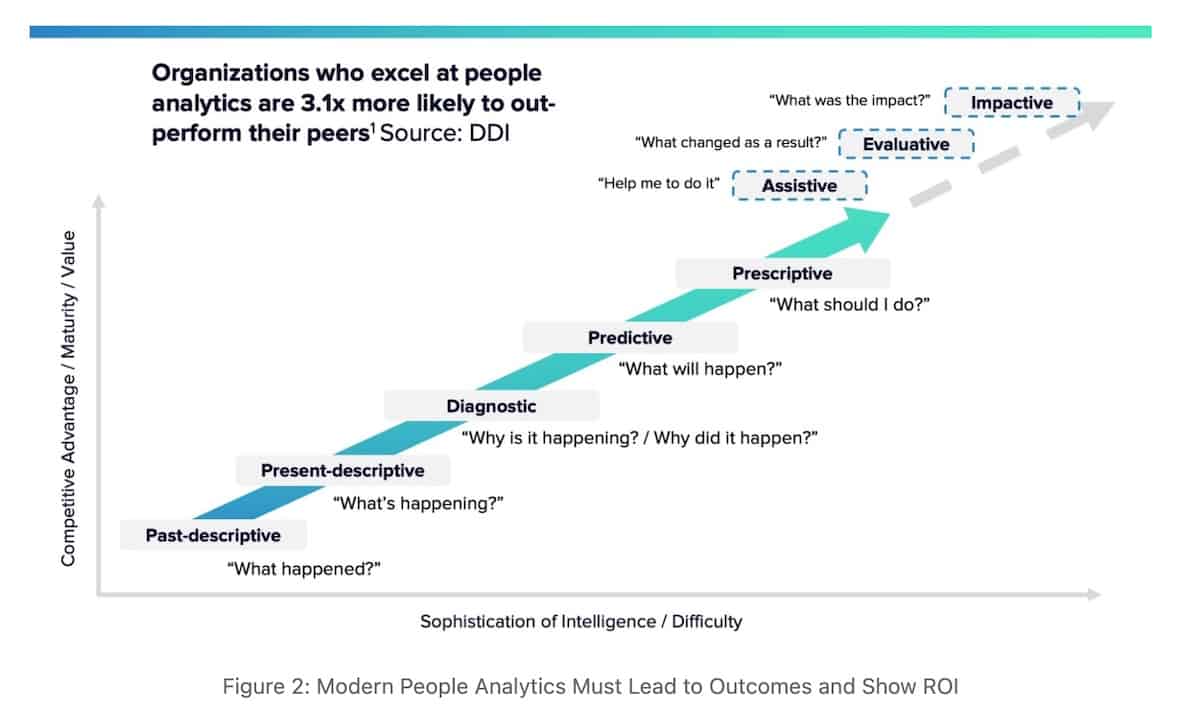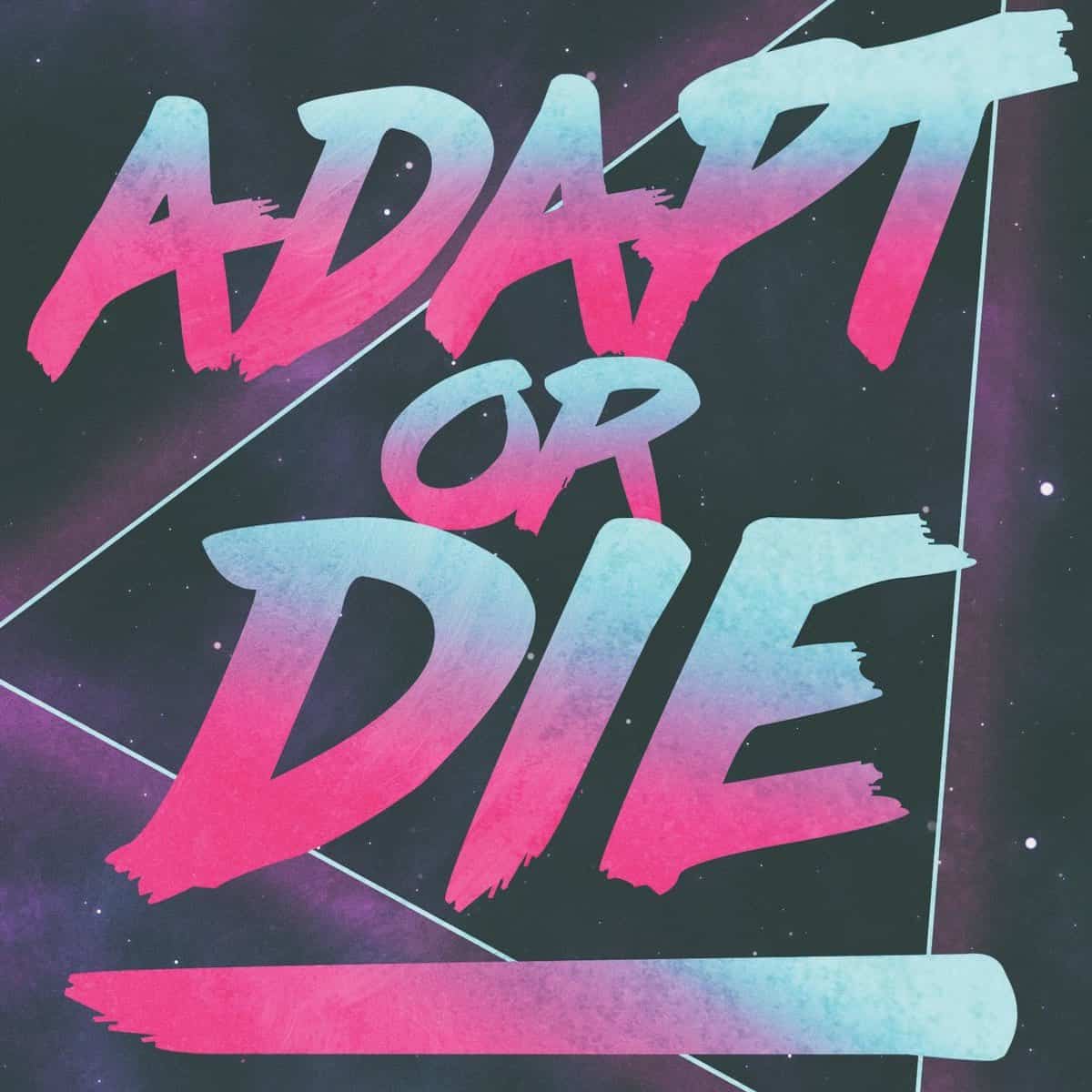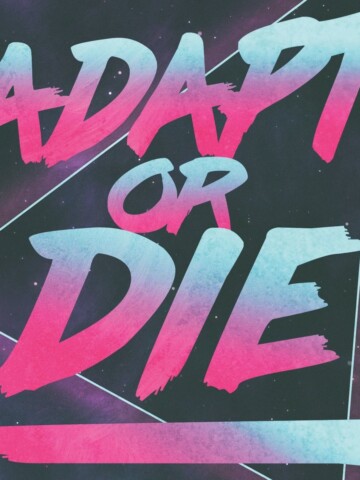The field of Human Resources has witnessed several rebrands in the last century, from Personnel to HR, to a myriad of combos including Talent, Culture, and People. Is a mere rebrand, though, really the impactful change we need? Our reliance on interviews since the early 1900s, a century of performance management, and persistent disparities in pay and advancement reveal that PeopleOps programs require more than a superficial makeover. The demand of the modern workplace necessitates genuine HR innovation.
If a rebrand is all you are considering at this time, read up on alternative names for HR.
Let's examine how we can disrupt our thinking and our outdated programs:
1. Shift the HR Mindset
Historically, HR professionals haven't seen themselves as innovators. To usher in contemporary PeopleOps programs, we must first acknowledge our role as catalysts for change. The HR team is accountable for enhancing strategic people initiatives. We can no longer offer excuses such as "HR isn't responsible for culture; that's the CEO's task" or "HR is brought in too late to impact outcomes." These sentiments hinder HR innovation. Modern HR demands disruptive thinking and the courage to drive change.
2. Leverage Predictive Analytics for Decision-Making
Traditionally, HR gathers extensive employee data to "report the news" – a retrospective update on events. HR must evolve to employ metrics for prognostication and guidance. Analytical insights can aid in predicting:
- Headcount additions required to finalize projects or serve customers
- Potential resignations due to high direct report-to-manager ratios
- Training needs to bridge succession plan gaps
- Escalated absenteeism highlighting low engagement
Pro tip: Check out this fantastic article and graphic on predictive analytics maturity in HR from Joseph Freed.

3. Curate Purpose-Driven Employee Journeys
While HR may not have control over every step of the employee journey (and to be clear, they shouldn't), they certainly have the ability to design the employee experience and train managers to be good stewards of that experience. The journey should revolve around the company's purpose, ensuring team members feel connected to the big picture.
If you don't yet have a documented employee journey, ask your Customer Success team for their client journey which you can use as a template. As well, check out our article on Employee Journeys.
Pro Tip: Employee Journeys begin during the recruitment process, don't neglect this initial phase.
4. Embrace Modern Tools for Candidate Selection
Speaking of recruiting, are you still relying on interviews to hire candidates? Interviews are a poor predictor of job success, and, as such they should be weighted minimally in your hiring criteria.
Assessments, references, and projects (and, yes, you should pay candidates for significant time investments) should all be part of your candidate scorecard. Learn more about valid and reliable assessments here.
Pro Tip: Review cover letters from onsite interviewees; they offer valuable insights into individuals and their interest in the role.
5. Upgrade Performance Management
Have you ever met anyone who likes performance reviews? Managers hate writing, employees find them worthless. As most know, conventional annual reviews are ghosts from our HR past. Modern performance management includes:
- Frequent real-time performance dialogues, preferably weekly
- Separate performance and compensation discussions
- Elimination of singular scores/ratings
- Continuous two-way documentation
- Bias-mitigation training
- Collective team performance evaluations
- Integration of core values in discussions
6. Revamp Compensation Programs
Compensation models are in need of massive upgrades. Elements of modern pay programs include:
- Transparent pay structures
- Fixed dollar bonuses and raises instead of percentages (percentages amplify pay disparities)
- Retrospective spot bonuses for performance, collaboration, or core values display
- Clear communication to employees regarding increase decisions
7. Master AI and Automation
Like all fields, HR needs to embrace AI and automation. In fact, I predict if HR doesn't quickly utilize these tools, our field will be relegated to administrative duties. Cool projects like L&D, employee journeys, and candidate selection will be managed by another department (e.g., Operational Excellence). What is the saying....adapt or die.
AI and automation can free up time for HR to focus on strategic people programs that require a human touch. The following are tasks we can turn over to technology:
- Providing first-line chat support for basic questions
- Onboarding paperwork
- Initiating behavioral nudges
- Writing unbiased job responsibilities and material
- Prescreening resumes
8. Integrate Diversity, Equity, Inclusion, & Belonging
DEIB programs surged in 2020, but have, unfortunately, lost momentum for some companies. DEIB initiatives should be ingrained in standard corporate programs as a matter of course, not treated as isolated reactions to external pressures.
To name a few areas for integration:
- Employee journeys should encompass ERG introductions
- Recruiting should feature diversity outreach
- Training on inclusivity should be provided to all team member
DEIB initiatives aren't an HR side dish; they are a main ingredient of our work.
9. Own Manager Development
Managers have a monumental impact on employee engagement, retention, and satisfaction. They carry the cultural flame and reflect the company's core values. Or they don't. tPoor management is, in my experienced opinion, the primary reason companies can't sustain people-centric cultures. Leaders aren't trained in difficult conversations, building trust, showing vulnerability, or resolving interpersonal conflicts. With no formal management training program, companies leave all of these critical skills to chance. If you do nothing else as an HR department, roll out management training. The cascading effect will be a boon to your workplace.
10. Double Down on Employee Wellness
Wellness is a hot topic for good reason. Employees are burnt out, disengaged, disconnected. Mental health issues continue to rise in the US. While a company may not want to bear the mantle of employee wellness, they don't have a choice. Unwell employees are not productive employees. Therefore, the well-being of the workforce rests squarely in the hands of HR leadership.
HR teams should extend holistic wellness programs—nurturing physical, mental, and emotional health. Consider adding Wellness Coaches to the team or collaborating with benefits brokers for progressive wellness initiatives.
Summary
I said it before, but it bears repeating, "adapt or die." Disruptive thinking is no longer optional in human resources. Without innovative ideas and programs, HR as a progressive discipline will fizzle. HR practitioners will find themselves in administrative roles that will soon be replaced with AI. And, the strategic work of supporting employees and corporate culture will be placed in the hands of other leaders. Time for HR to step up and justify their seat at the table.






